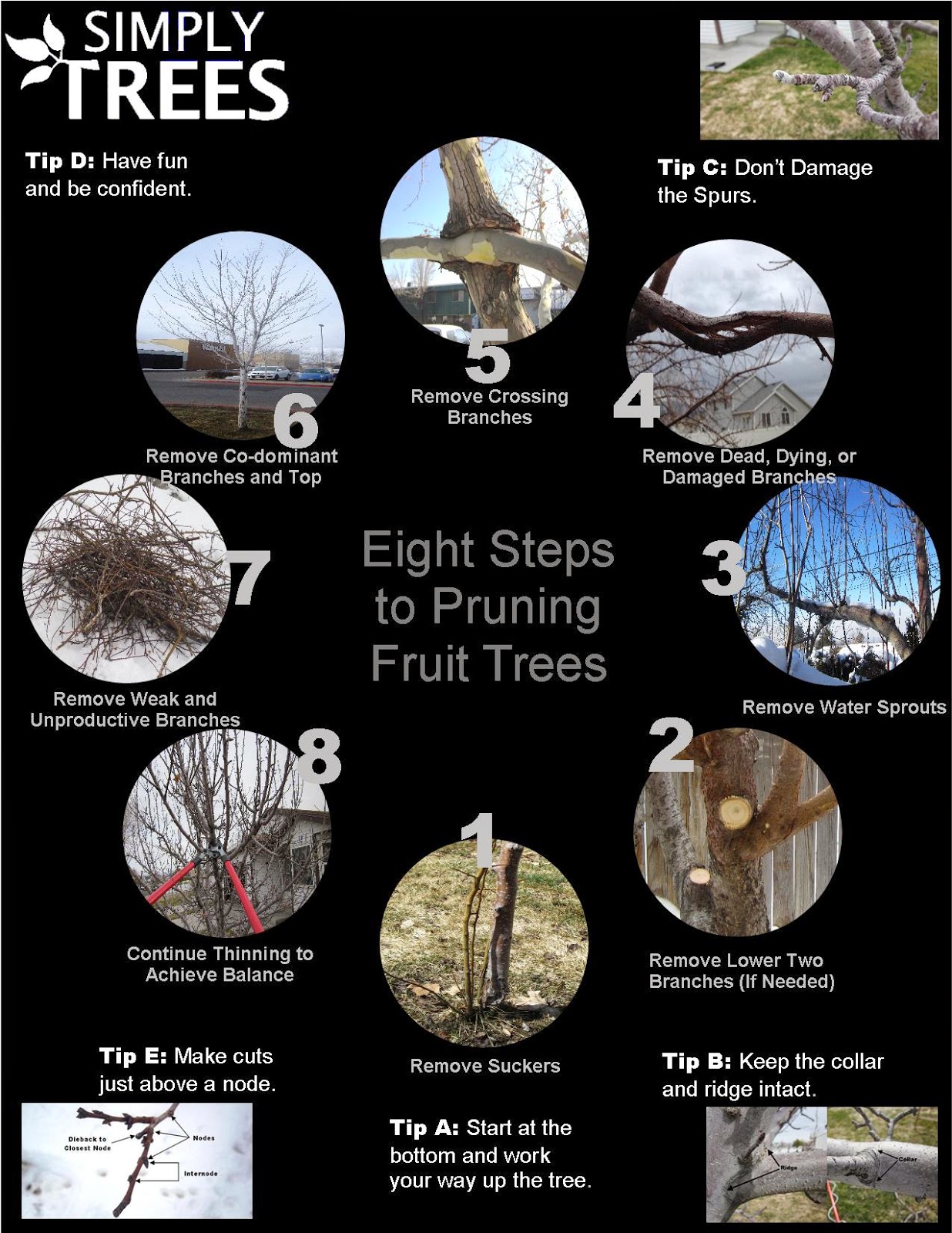Seasonal Tree Trimming: Timing And Techniques For Attaining Optimal Development
Seasonal Tree Trimming: Timing And Techniques For Attaining Optimal Development
Blog Article
Post By-Barbee Huynh
When it comes to seasonal tree trimming, timing and technique are critical for your trees' health and growth. You may be stunned at just how much a straightforward cut can urge new life. Knowing when to prune inactive trees versus flowering ones can make all the distinction. However it's not practically when; it's additionally about how you do it. Let's check out the very best methods to guarantee your trees thrive.
Comprehending the very best Seasons for Tree Trimming
When's the very best time to trim your trees? The solution hinges on comprehending the seasons. Late winter season to very early spring is commonly excellent, as trees are still inactive. This timing minimizes stress and advertises healthier growth when they awaken.
However, if How To Prune A Ficus Tree taking care of blooming trees, think about cutting right after their blossoms discolor. This ensures you will not remove following year's flowers.
In summer, light cutting can aid keep form and remove any type of dead or infected branches. Avoid heavy pruning throughout autumn, as trees are planning for dormancy and could struggle to recover.
Ultimately, knowing How To Prune A Dwarf Peach Tree and neighborhood climate will guide your trimming routine. Choose wisely, and your trees will certainly grow wonderfully year-round.
Necessary Pruning Techniques for Healthy And Balanced Trees
Pruning your trees effectively is important for their wellness and durability. Beginning by utilizing tidy, sharp devices to make specific cuts, which aids prevent damage and condition.
Focus on eliminating dead, harmed, or going across branches first; this urges better airflow and sunshine penetration. When reducing, go for an angle that advertises healing and lessens the risk of rot. Always trim simply outside the branch collar, the swollen area where the branch satisfies the trunk, to improve recovery.
For young trees, form them by selectively pruning to establish a strong structure. Finally, avoid over-pruning; removing excessive vegetation can emphasize your tree.
Common Mistakes to Avoid When Trimming
Many house owners make critical mistakes while trimming their trees, which can cause lasting damage.
One typical mistake is over-pruning, where you eliminate way too many branches simultaneously. This can stress the tree and impede its development.
One more mistake is using boring devices; sharp, tidy tools make cleaner cuts that heal faster.
Do not forget to trim at the incorrect season; wintertime is commonly best for numerous species, while summer is optimal for others.
Likewise, avoid cutting branches as well near to the trunk or leaving stubs, as both can welcome parasites and diseases.
Lastly, falling short to step back and analyze the tree's general form can cause uneven development.
Maintain these errors in mind for much healthier, flourishing trees!
Conclusion
Finally, seasonal tree cutting is important for your trees' wellness and growth. By pruning at the right times-- late wintertime for dormant trees and right after blooms for flowering selections-- you'll urge lively vegetation and blooms. Keep in mind to use tidy, sharp devices and comply with correct methods to prevent damages. Prevent heavy trimming in the fall and stay clear of usual blunders. With these tips in mind, you'll keep your trees thriving throughout the year!
